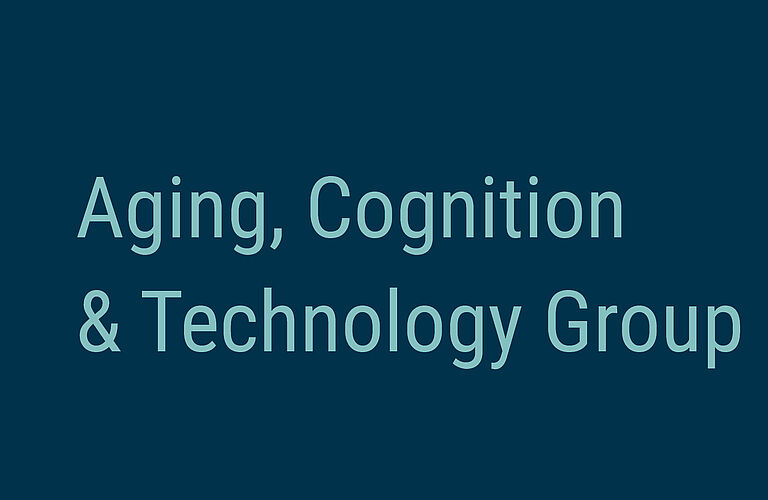How can we improve the assessment of cognitive decline?
There is a growing need for early detection of neurodegenerative disorders through the use of biomarkers. To improve the assessment of cognitive dysfunction in healthy aging and preclinical stages of dementia, we develop theoretically motivated diagnostic tools. The long-term goal of this line of work is to establish validated tools that can (i) be used for standardised neuropsychological assessment in clinical settings and (ii) serve as cognitive endpoints in clinical studies.
In one line of work, we have demonstrated how healthy ageing affects our ability to compare novel sensory input to stored memory traces (Vieweg et al., 2015). The observed deficits can be explained by an abnormal bias towards hippocampal pattern completion, because a subsequent study with a rare patient with bilateral dentate gyrus lesions showed a strongly abnormal pattern completion bias (Baker et al., 2016). Importantly, abnormal pattern completion has the potential to explain recognition memory deficits across stimulus domains (verbal, visual etc.) and thus help to detect general recognition memory deficits in clinical populations. Therefore, we have developed a modified version of the task – named the Memory Image Completion task – which is brief and easy to administer, has adequate reliability, and parallel versions are available (Vieweg et al., 2018).
Measuring pattern completion with a scene recognition task.
Left: Participants have to determine whether a simple line drawing shows a previously learned scene or a novel one. Critically, stimuli are presented with varying levels of masking, thus requiring subjects to recreate memory traces from partial input. Right: Pattern completion bias as demonstrated in healthy older adults (Vieweg et al., 2015). In this group, novel stimuli with intermediate masking levels were often misidentified as familiar ones, demonstrating a striking tendency to erroneously complete towards a familiar pattern.
Key references
- Baker S, et al. (2016). The Human Dentate Gyrus Plays a Necessary Role in Discriminating New Memories. Current Biology, 26(19):2629–2634.
- Riemer M, Rhodes D, Wolbers T (2016). Systematic Underreproduction of Time Is Independent of Judgment Certainty. Neural Plasticity, 2016:6890674.
- Vieweg P, Stangl M, Howard LR, Wolbers T (2015). Changes in pattern completion - a key mechanism to explain age-related recognition memory deficits? Cortex, 64:343–351.
- Vieweg P, Riemer M, Berron D, Wolbers T (2018). Memory Image Completion (MIC): Establishing a task to behaviorally assess pattern completion in humans. Hippocampus.


